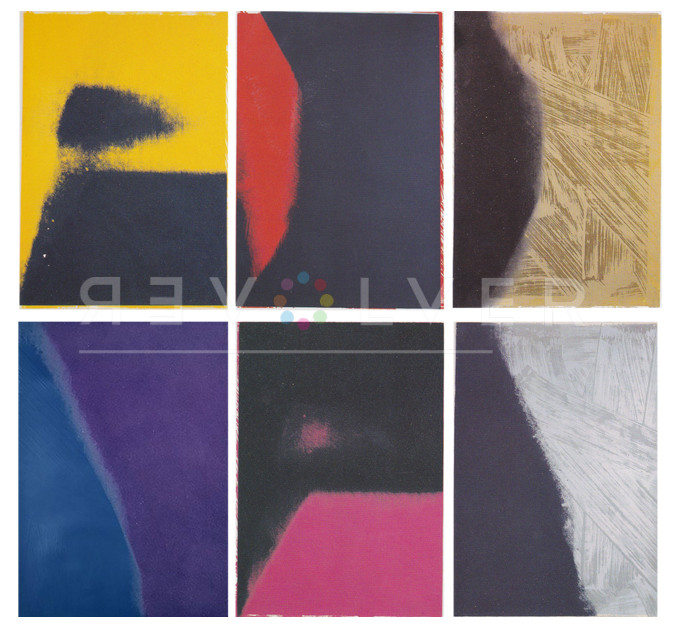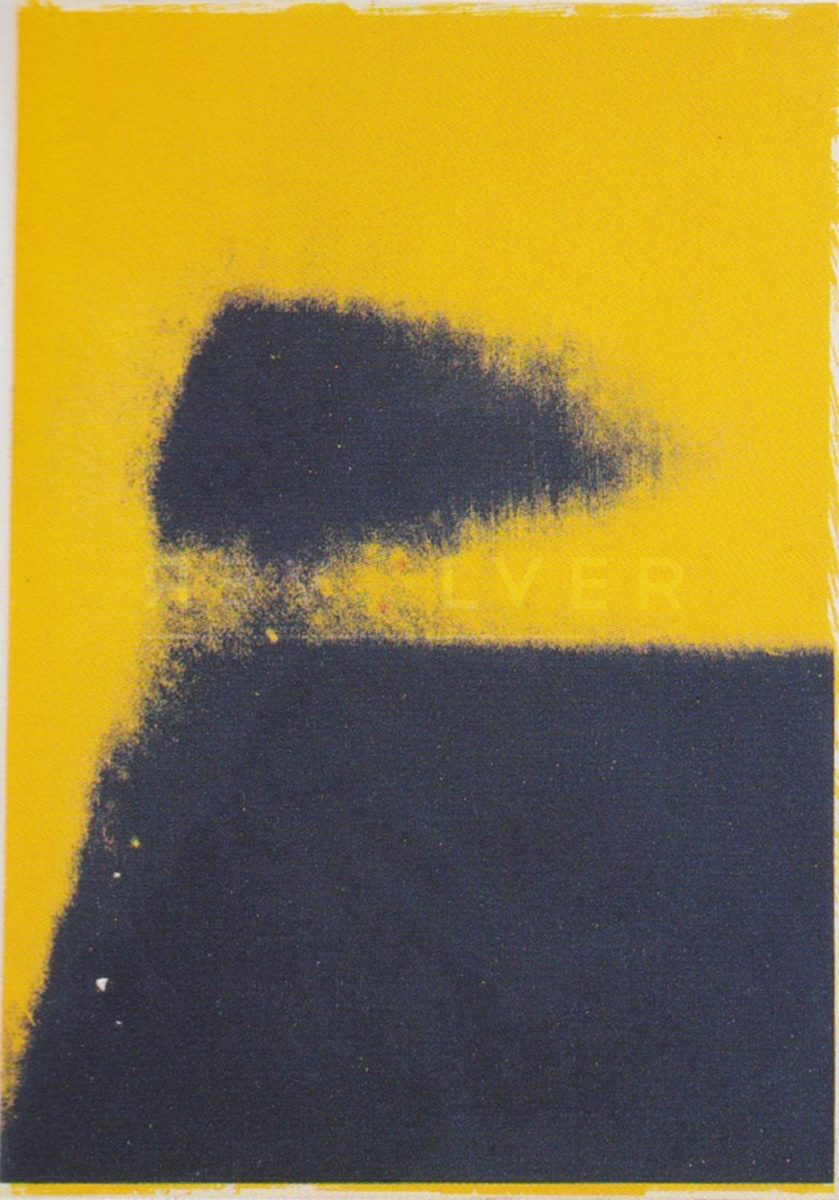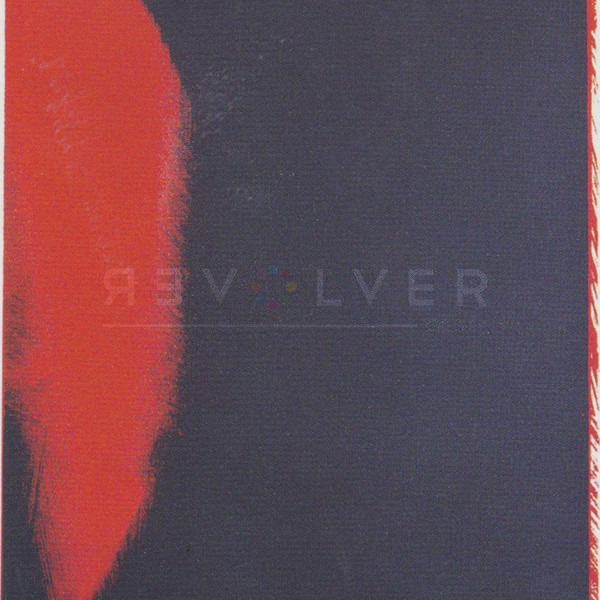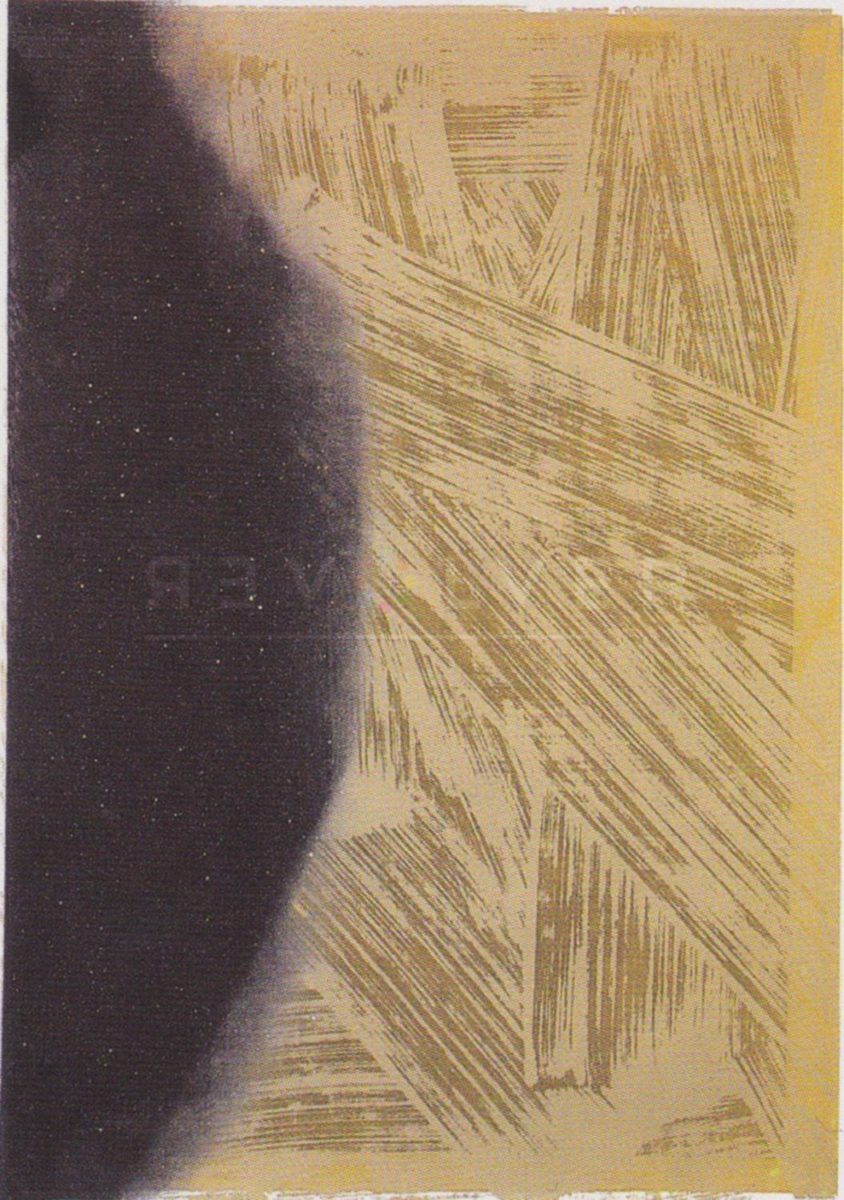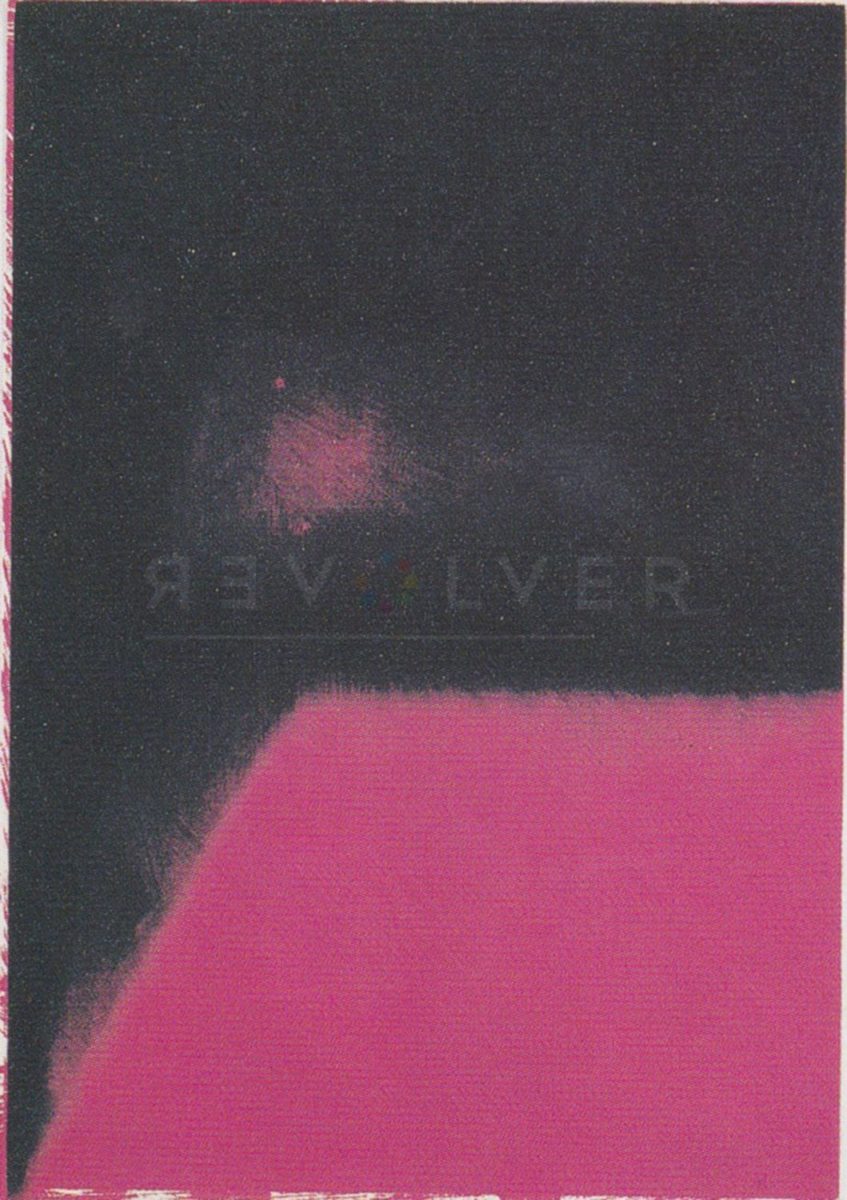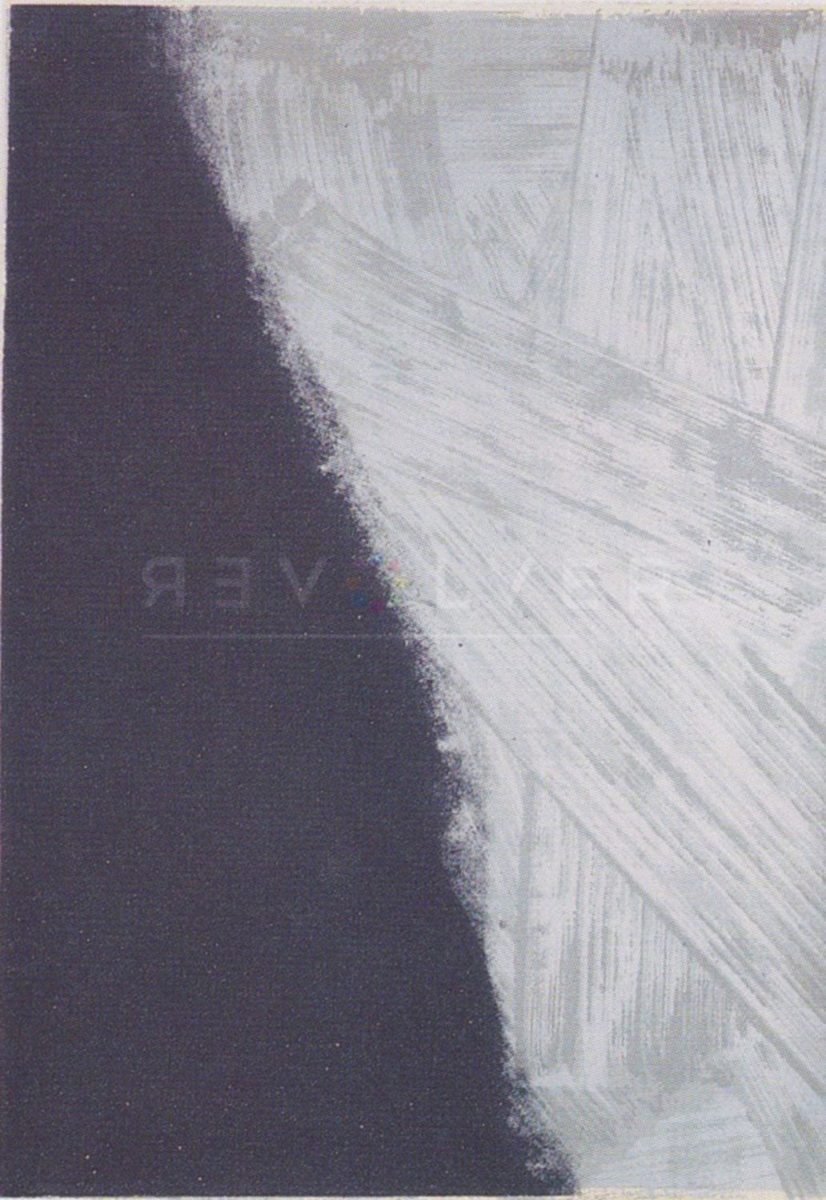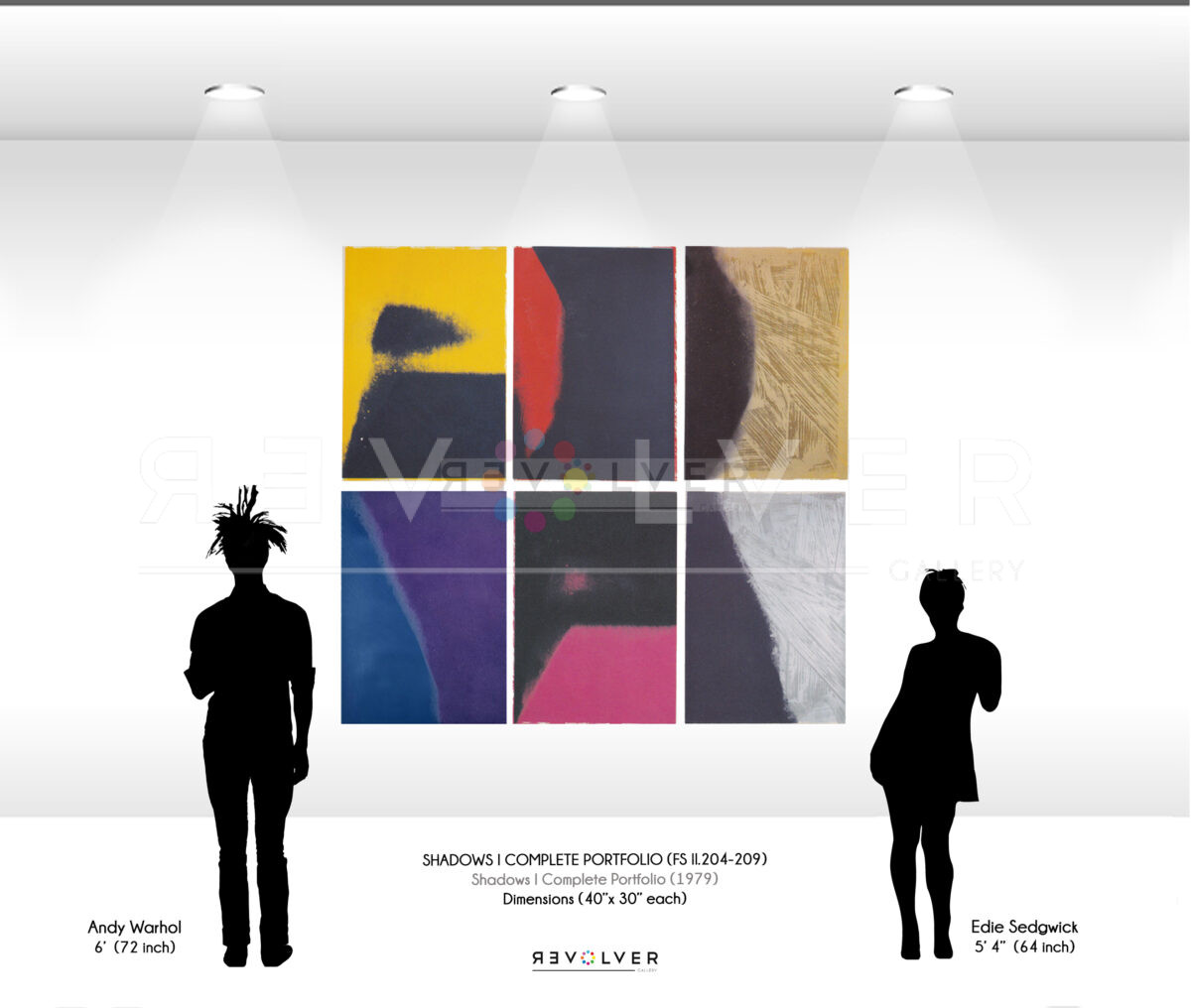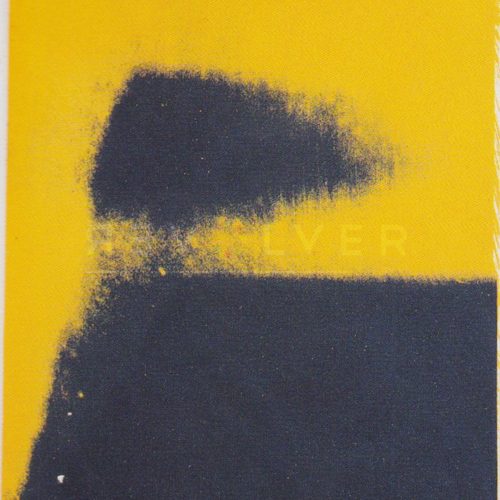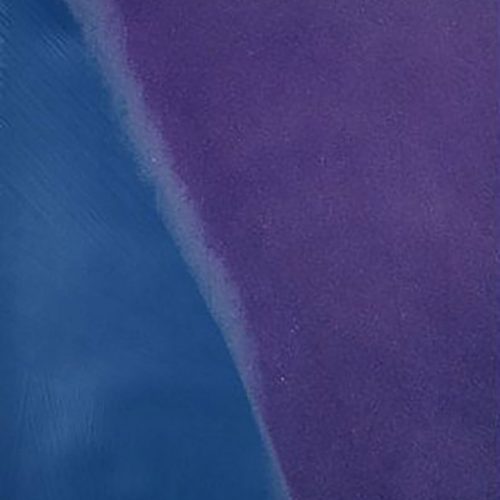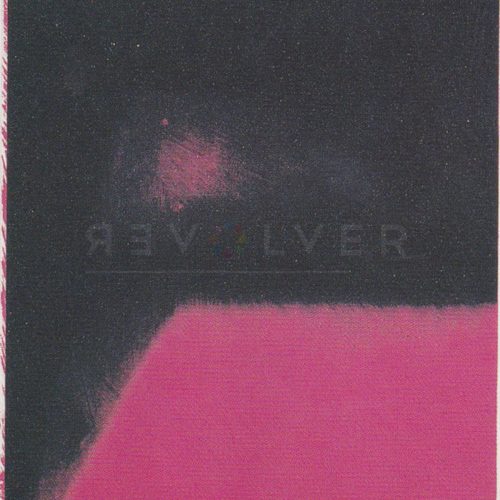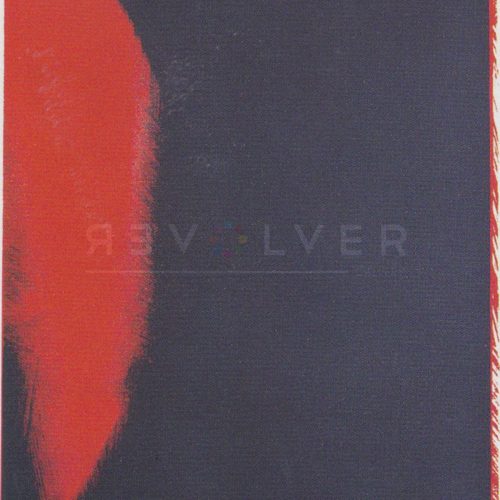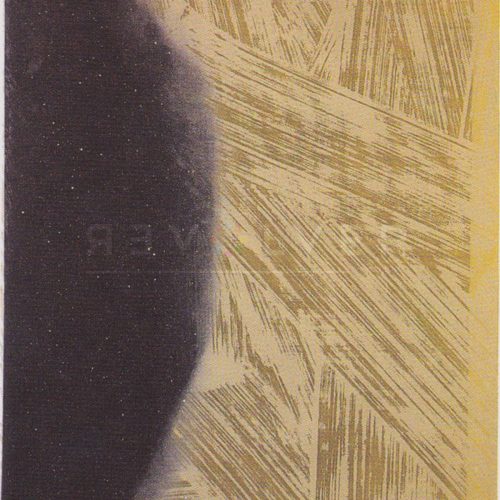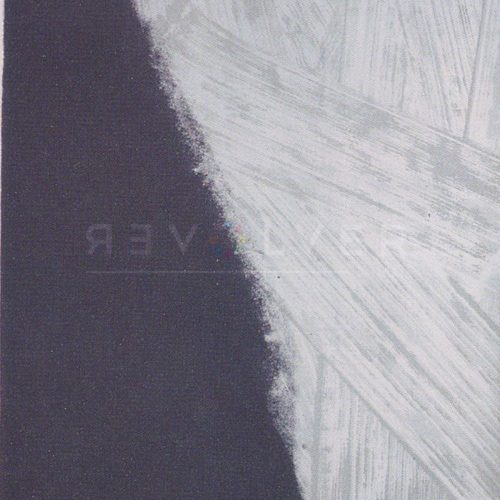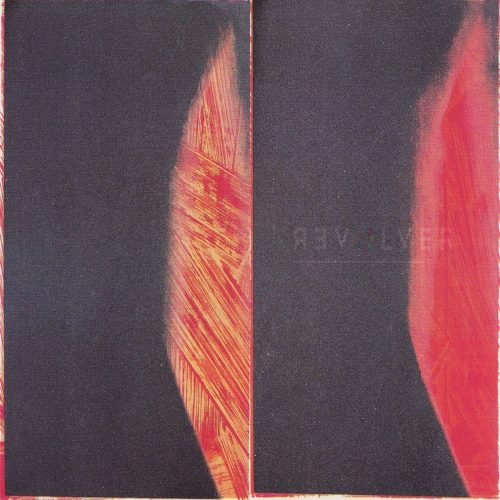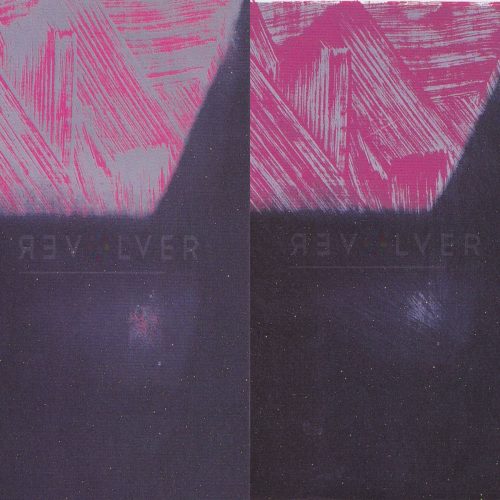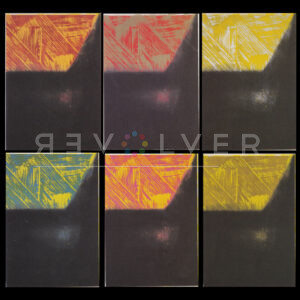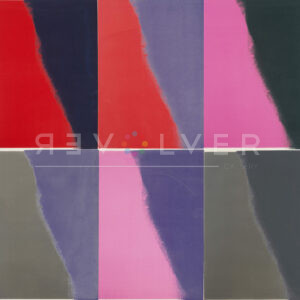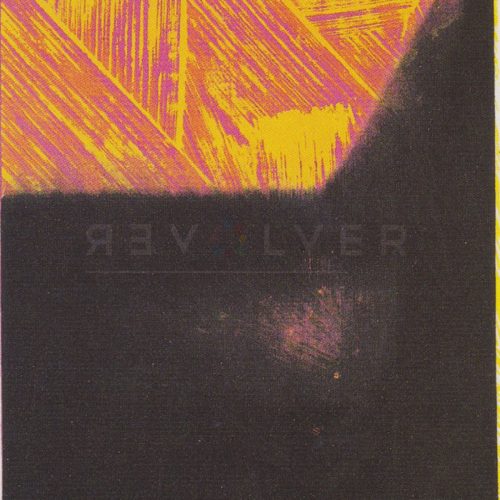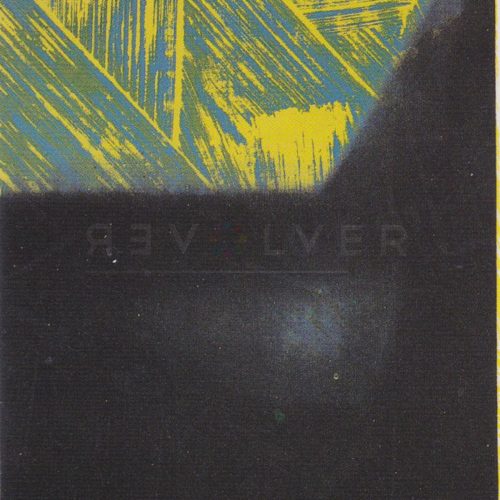The Shadows I complete portfolio by Andy Warhol is a group of six screenprints included in Warhol’s larger Shadows series. The greater series consists of 102 individual frames installed to form one continuous piece. The images depict a mysterious shadowy surface with varying colors, said to be based on photographs Warhol took of the light cast by a desk lamp in his studio.
Shadows was originally conceived as room decoration, referring to this multiple part work as “disco-décor.” The use of black in most of the prints portrays a dark moody feeling throughout the series. However, Warhol also included diamond dust in the prints alongside varying hues. The added sparkly effect of the dust makes these abstract paintings rather appropriate for the walls of a disco club, as Warhol intended with the designation of “disco-décor”.
The works in Shadows I are big, filmstrip inspired images that evoke experimental film and the drones of the Velvet Underground. The work is mysterious as slight variations in color and shape separate each print from one another subtly. In the grande scheme of Warhol’s catalog, the mystery comes from their apparent isolation from the rest of his work—of celebs and ubiquitous consumer products—considering their abstract nature. The six individual pieces of the Shadows I compete portfolio are: Shadows 204, 205, 206, 207, 208, 209.
According to previous MOCA director Philippe Vergne, Warhol himself never saw all 102 panels of the Shadows portfolio together. He left no instructions on the order in which to hang them and since the pieces are not numbered, they can be hung at random. Perhaps leaving room for play, he allowed viewers to have a new experience each time the panels are installed. This idea evokes a new concept, which is not seen in any of Warhol’s other works, as most of his pieces, although organized in portfolios, can be hung individually.
Philippe Vergne described the Shadows suites as, “the line between the American dream and the American death. They are as dark as they are glamorous.” The individual interpretation each viewer has with the work makes this a powerful series in that unlike Warhol’s other works, Shadows is not straightforward or showcasing technique. The original large canvases reinforce the American ideal that “bigger is better.” Perhaps the abstract depiction could trigger us to believe Warhol was pointing out that to most things in life we believe bigger is better and that he did not feel the need to showcase actual objects or aspects in our lives that this phrase and rendering coincides with.
Warhol published Shadows I in 1979 under his own name, in collaboration with his “master” printer, Rupert Jasen Smith. Smith was also responsible for inspiring Warhol to employ diamond dust, which Warhol used in works like Shoes, Double Mickey Mouse, and Grapes. The complete Shadows collection includes the Shadows I complete portfolio (FS II.204-209), Shadows II (FS II.210-215), Shadows III (FS II.216-221), Shadows IV (FS II.222-223) and Shadows V (FS II.224-225).
THE SHADOWS I COMPLETE PORTFOLIO AS PART OF WARHOLS LARGER BODY OF WORK
Shadows I contains just six of the many prints Warhol created from a shadowy photograph in his studio. Although Warhol undermined the artistic quality of this series, many viewers felt that the cumulative effect of the numerous prints hung together was powerful and truly something new. This series, created within the last eight years of Warhol’s life, marks a shift in Warhol’s artistry from his earlier Pop Art works of mass-produced objects and glamorous celebrities to this mysterious abstract art that represents the exploration present his later career.

